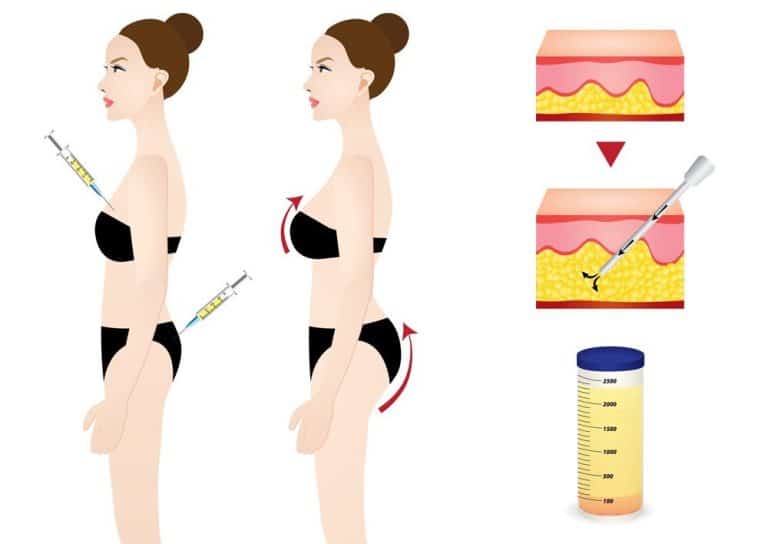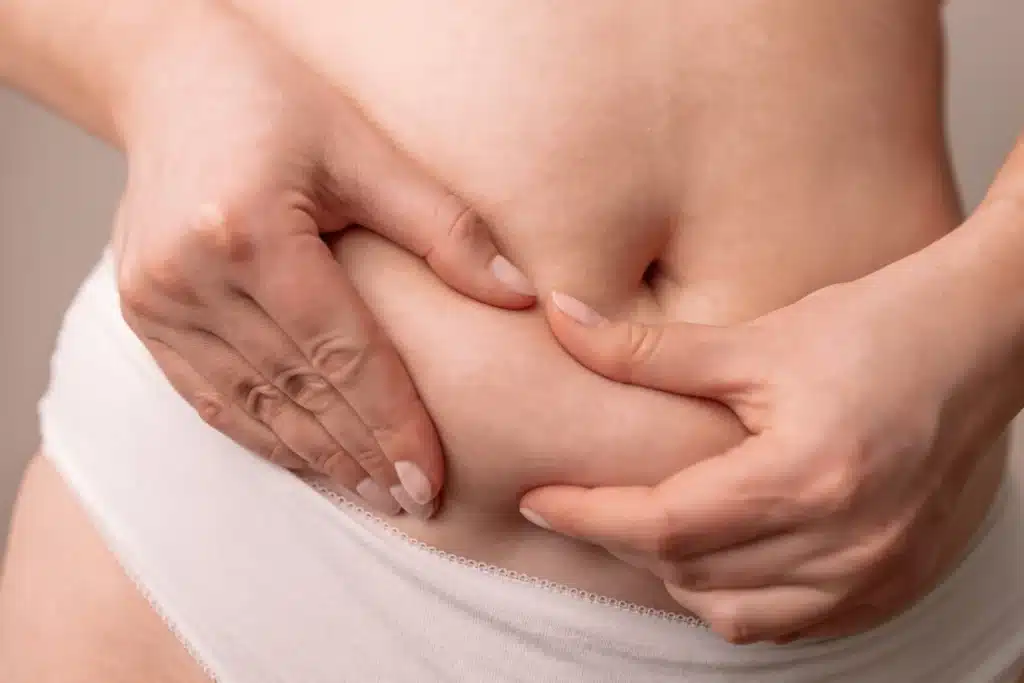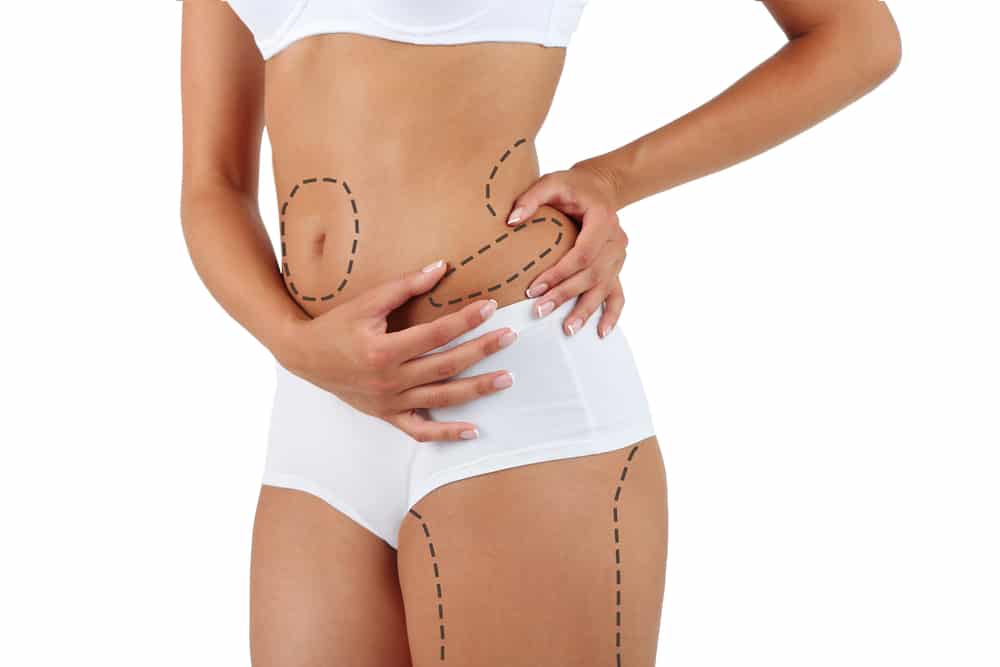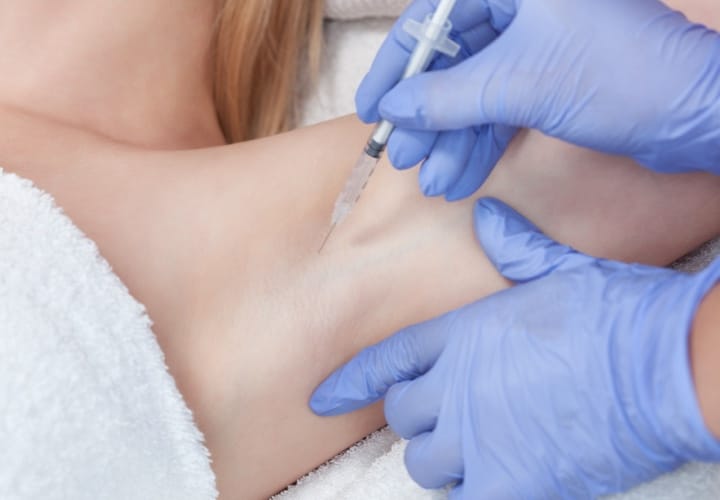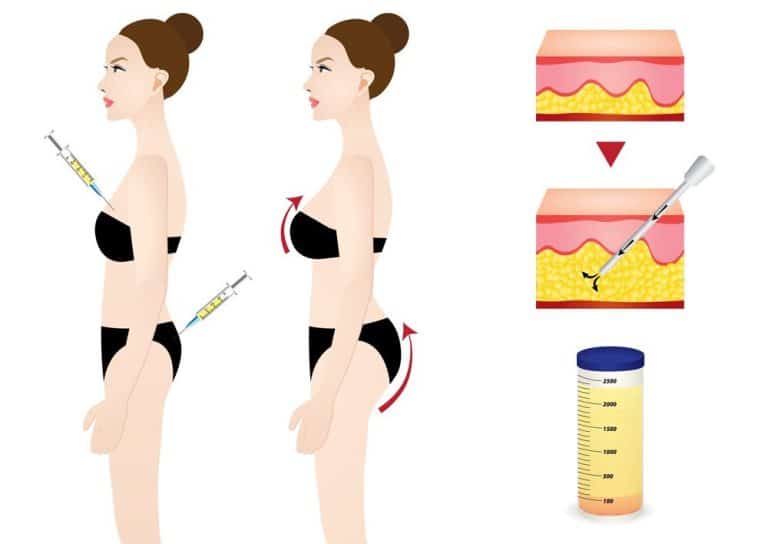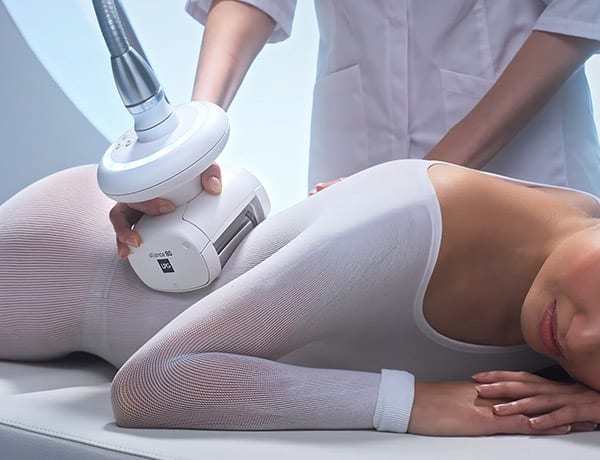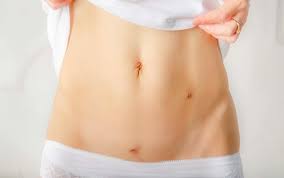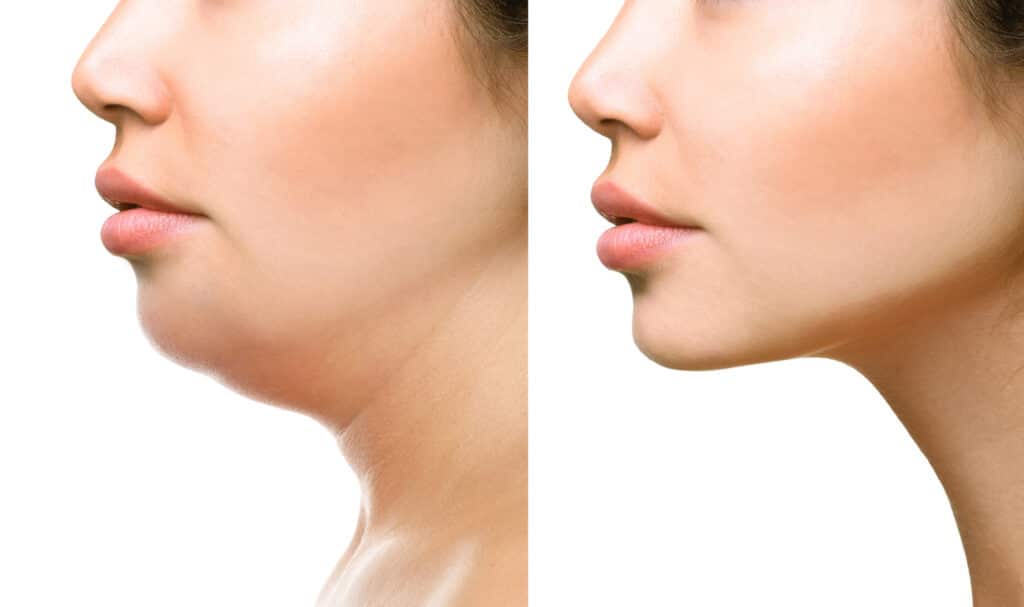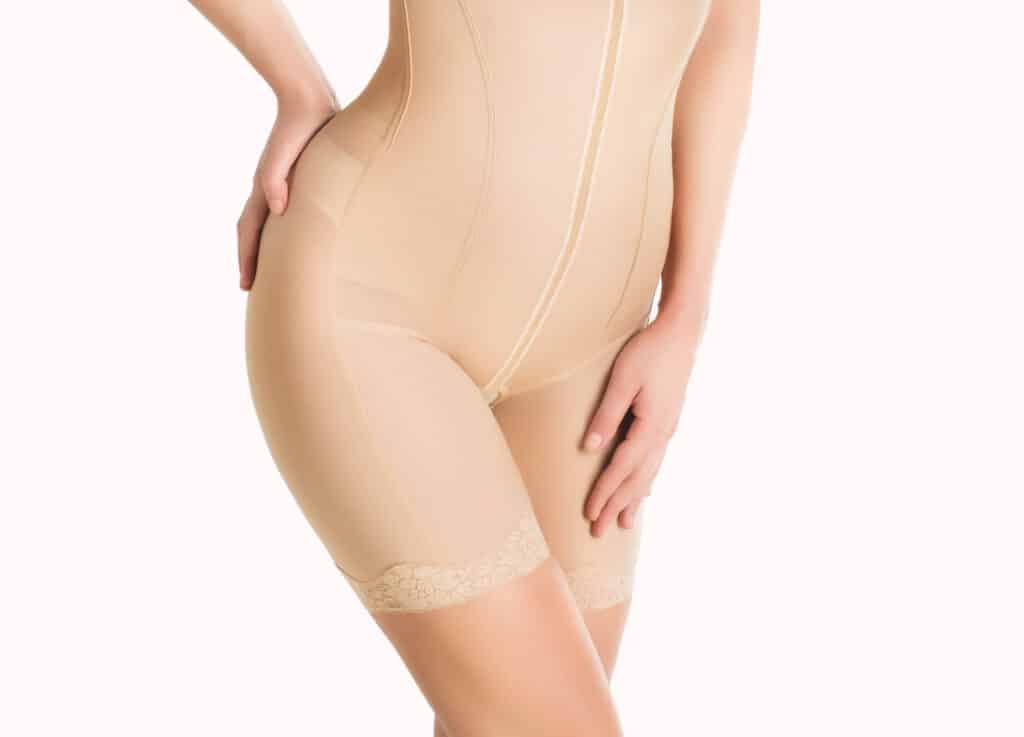Breast asymmetry is a common concern for many individuals. It can affect confidence and body image. Fortunately, breast asymmetry correction with fat transfer offers a natural solution. This procedure uses your own fat to create balance and enhance shape. It’s less invasive than traditional implants in this breast procedure, leading to quicker recovery times and helping to improve breast shape, achieve optimal breast symmetry, and create a round breast shape.
Patients often report feeling more satisfied with their appearance after the implant procedure. This method not only corrects asymmetry but also improves overall breast contour. With skilled professionals, results can look incredibly natural. Understanding the benefits and process of this treatment is essential for anyone considering it. Dive into the details and discover how you can achieve a more balanced silhouette.
Key Takeaways
- Breast asymmetry is common and can be caused by factors like genetics, aging, or hormonal changes. Understanding these causes can help you make informed decisions about correction options.
- Fat transfer is a popular method for correcting breast asymmetry, offering a natural solution that uses your own body fat for enhancement.
- The benefits of fat grafting include a lower risk of complications compared to implants, as well as a more natural look and feel post-procedure.
- Recovery from fat transfer procedures typically involves minimal downtime, but it’s important to follow your surgeon’s aftercare instructions for the best results.
- If you’re considering breast asymmetry correction, explore both surgical and non-surgical options to find what suits your needs and lifestyle best.
- Consult with a qualified specialist to determine if you’re an ideal candidate for fat transfer or other corrective procedures based on your individual circumstances.
Understanding Breast Asymmetry
Definition
Breast asymmetry refers to a condition where one breast differs in size or shape from the other. This can be visible breast asymmetry or subtle. Studies indicate that about 88% of women experience some form of breast asymmetry. This condition can range from minor differences to significant breast asymmetry, which may require medical attention.
Impact on Self-Esteem
Asymmetrical breasts can affect self-esteem and body image. Many women feel self-conscious about their appearance. They may avoid certain clothing styles or activities due to their concerns. For some, this leads to anxiety or depression. The emotional effects can be profound, impacting social interactions and personal relationships.
Medical Evaluation
A thorough medical evaluation is essential for anyone dealing with breast asymmetry concerns. Understanding the underlying causes is crucial for proper treatment. Causes can include congenital breast asymmetry, hormonal changes, or weight fluctuations. A healthcare provider can assess these factors during a breast asymmetry consultation.
Types of Asymmetry
There are two main types of breast asymmetry: true breast asymmetry and secondary breast asymmetry. True breast asymmetry is often congenital, meaning it develops naturally over time. Secondary breast asymmetry can occur due to factors like pregnancy, breastfeeding, or weight loss. Each type requires different approaches for correction.
Treatment Options
Many options exist for correcting breast asymmetry. Some women choose cosmetic procedures such as breast symmetry surgery. Others might explore less invasive treatments like fat grafting techniques for breast asymmetry correction. These options aim to create a more balanced appearance while addressing the emotional aspects of living with asymmetrical breasts.
Seeking Help
Women experiencing significant breast asymmetry should not hesitate to seek help. A qualified specialist can provide guidance on available treatment options. It is crucial to discuss personal experiences and feelings regarding body image during consultations. This openness helps tailor a treatment plan that meets individual needs.
Causes and Concerns
Congenital Conditions
Breast asymmetry can arise from congenital conditions. These are conditions present at birth. Juvenile hypertrophy is one such example. This condition causes excessive breast tissue growth during puberty. It leads to noticeable size differences between the breasts. Other congenital issues may also contribute to irregularities in breast shape or size.
Psychological Impact
Visible asymmetry often leads to psychological concerns. Many individuals experience self-esteem issues because of uneven breasts. They may feel embarrassed or anxious about their appearance. Social situations can become challenging. People may avoid certain clothing styles that highlight their asymmetry. This avoidance can lead to a lack of confidence in personal interactions.
Medical Assessment
Professional assessment is crucial for anyone concerned about breast asymmetry. A healthcare provider can evaluate the condition thoroughly. They will check for any underlying medical issues, such as tumors or hormonal imbalances. Ruling out these problems is essential before considering cosmetic procedures.
Physical Changes
Breast asymmetry can also result from physical changes over time. Weight fluctuations, aging, and hormonal changes can alter breast shape and size. Pregnancy and breastfeeding may also cause significant changes in breast volume. These factors contribute to the overall characteristics of breast asymmetry.
Clothing Choices
The need for appropriate clothing arises from concerns about visible differences in breast size. Many individuals seek bras that provide better support and shaping. Certain styles, like padded bras, help create a more balanced look. Others prefer adjustable options that allow for comfort and fit adjustments.
Turner Syndrome
Turner syndrome is another potential cause of breast asymmetry. This genetic condition affects females and leads to various developmental challenges. Individuals with Turner syndrome often have underdeveloped breasts or other irregularities in breast formation.
Schantz Syndrome
Schantz syndrome can also result in noticeable breast asymmetry. This rare condition impacts growth and development, leading to uneven breast sizes among affected individuals.
Care Requirements
Individuals experiencing breast asymmetry should prioritize care and support. Seeking advice from professionals helps address both physical and emotional needs. Support groups may also provide a safe space for sharing experiences and coping strategies.
Fat Transfer for Symmetry
Harvesting Fat
Liposuction is the first step in fat transfer. This technique involves removing excess fat from specific areas of the body. Surgeons typically target areas like the abdomen, thighs, or flanks. They use a thin tube called a cannula to suction out the fat.
Once harvested, the fat undergoes processing. This ensures that only the best quality fat cells are used for grafting. The surgeon prepares the fat for injection into the breasts. This method allows for a natural source of material for enhancing breast volume.
Enhancing Volume
Fat grafting significantly improves breast symmetry. After the fat is injected, it integrates with existing breast tissue. This process can add volume and shape where needed. Many women choose this method because it offers natural results.
The procedure can correct unevenness caused by various factors. These include weight fluctuations, aging, or previous surgeries. Fat transfer provides a more balanced appearance without the need for implants.
Minimally Invasive Procedure
Fat transfer is less invasive than traditional breast augmentation with implants. It requires smaller incisions, which means less scarring. Recovery time is often shorter compared to implant surgery as well.
Patients usually experience less discomfort after fat grafting. The use of their own body fat reduces the risk of allergic reactions. Many find this appealing because it promotes a more natural look and feel.
Benefits of Fat Transfer
- Natural Look: Fat transfer creates a soft and natural appearance.
- Dual Benefit: Patients can lose unwanted fat while enhancing breast size.
- Less Risk: Using one’s own fat minimizes complications.
These advantages make fat transfer an attractive option for many women seeking breast asymmetry correction.
Considerations
While fat transfer has many benefits, there are some considerations. The amount of fat that survives after injection varies. Not all transferred fat cells will establish a blood supply and thrive. This may require additional sessions for optimal results.
Surgeons assess each patient’s unique needs before recommending this procedure. Individual factors such as body weight and health history play a role in determining suitability.
Benefits of Fat Grafting
Natural Appearance
Fat grafting offers a natural look and feel. Surgeons use the patient’s own fat, which blends seamlessly with existing breast tissue. This method reduces the risk of noticeable scars or irregularities. Patients often report satisfaction with the soft texture and shape achieved through this technique. Unlike implants, fat grafting allows for a more organic contour.
This approach is especially appealing for those seeking breast asymmetry correction. The results can appear more authentic compared to synthetic options. Many women appreciate that their breasts look and feel like their own.
Body Contouring
Patients experience a dual benefit from fat grafting. Liposuction removes excess fat from areas like the abdomen or thighs. This process not only enhances body contours but also provides usable fat for breast augmentation.
The removed fat is then purified before injection into the breasts. This means patients can achieve a more balanced figure while correcting asymmetry. The added volume helps to create a fuller appearance in the breasts, enhancing overall body proportion.
Reduced Allergic Reactions
Using autologous fat significantly lowers the risk of allergic reactions. Since the fat comes from the patient’s own body, complications related to foreign materials are minimized. This aspect makes fat grafting safer for many individuals.
Fat grafting eliminates concerns associated with synthetic fillers or implants. Patients do not face issues like rejection or adverse reactions common with foreign substances. The use of one’s own fat promotes better acceptance by the body.
Recovery Expectations
Timeline
Recovery from breast asymmetry correction using fat grafting varies by individual. Most patients can expect a typical recovery timeline of about 1 to 2 weeks for initial healing. During this time, swelling and bruising may occur. Patients usually return to light activities within a week.
Complete recovery can take several months. Full results may not be visible until the body absorbs some of the grafted fat. This process can take up to six months. Regular follow-up appointments with the surgeon help monitor progress.
Post-Operative Care
Post-operative care is crucial for optimal healing. Patients should follow their surgeon’s instructions closely. Keeping the surgical area clean and dry is essential. Pain management typically involves prescribed medications or over-the-counter pain relievers.
Wearing a post-surgical bra is highly recommended. This type of bra provides support and helps maintain the shape of the breasts during recovery. It reduces movement and minimizes discomfort. Surgeons often advise wearing it for at least four to six weeks after surgery.
Activity Restrictions
Avoiding strenuous activities during the healing period is vital. Physical exertion can increase swelling and delay recovery. Activities like heavy lifting, running, or intense workouts should be postponed for at least 4 to 6 weeks.
Gentle walking is encouraged as it promotes circulation without straining the body. Listening to your body is important; if you experience pain, rest is necessary.
Emotional Considerations
Emotional well-being also plays a role in recovery. Some patients may feel anxious about their results or the healing process. Open communication with healthcare providers can help address concerns.
Support from friends and family aids in emotional recovery too. Many individuals find comfort in sharing their experiences with those who understand their journey.
Surgical Alternatives
Implants
Breast augmentation with implants is a common option for correcting breast asymmetry. This procedure involves placing silicone or saline implants in one or both breasts. Surgeons often recommend this method to enhance volume and shape. Patients can choose from various implant sizes and types. The choice depends on personal preference and desired outcome.
Surgeons perform this procedure under general anesthesia. It usually takes about one to two hours. Recovery time varies, but many patients return to normal activities within a few weeks. A surgical bra may be necessary during the healing process. Regular follow-up consultations ensure that the results meet the patient’s expectations.
Reduction Surgery
Breast reduction surgery also serves as an effective treatment option. This surgery aims to reduce the size of larger breasts to achieve balance. Many women experience discomfort due to heavy breasts. They might face issues like back pain or skin irritation.
During this procedure, the surgeon removes excess tissue and skin. This creates a more proportionate breast size. The operation typically lasts around two to four hours, depending on individual needs. Recovery may take several weeks, with most patients resuming normal activities within a month.
Combination Procedures
Combining different techniques can lead to optimal results for breast asymmetry correction. For instance, some patients benefit from having both augmentation and reduction surgeries together. This approach addresses size differences while enhancing overall appearance.
Surgeons evaluate each case individually during the consultation process. They discuss available options based on the patient’s unique circumstances and goals. Combining procedures can minimize the number of surgeries required, leading to a more efficient recovery.
Patients should openly communicate their desires during consultations. Discussing concerns about asymmetry allows surgeons to tailor their approach effectively. Each surgical plan focuses on achieving the best aesthetic outcomes while ensuring safety.
Considerations
Choosing the right surgical alternative requires careful thought. Patients must consider factors such as cost, recovery time, and potential risks associated with each procedure. Consulting with a qualified plastic surgeon is crucial for making informed decisions.
Surgeons provide detailed information about what to expect before, during, and after surgery. They also explain how different techniques impact results and recovery times.
Non-Surgical Solutions
Temporary Fixes
Padded bras or inserts can serve as temporary solutions for breast asymmetry. These products help create a more balanced appearance without requiring any medical procedures. They come in various styles and sizes, allowing individuals to choose what fits best. Many women find that these options boost their confidence, especially when wearing fitted clothing.
These padding options can easily be added or removed. This flexibility makes them appealing for different occasions. However, they do not address the underlying issue of asymmetry. They merely cover it up without providing a lasting solution.
Physical Therapy
Physical therapy plays a significant role in improving posture and overall appearance. Therapists can offer exercises that strengthen core muscles and align the body better. A strong core supports the upper body, which may enhance the visual balance between breasts.
Improved posture can also affect how the breasts appear. By standing taller, individuals may feel more confident about their bodies. Therapists often focus on specific stretches and strengthening routines tailored to individual needs.
However, physical therapy does not directly change breast size or shape. It offers an indirect benefit by enhancing overall body alignment and aesthetics.
Limitations of Non-Surgical Options
Non-surgical treatments have limitations when it comes to achieving permanent results. While padded bras and physical therapy are helpful, they do not provide a permanent fix for breast asymmetry. Many people seek these options due to concerns about surgery or recovery time.
The effectiveness of non-surgical methods varies from person to person. Some may notice improvements in confidence or comfort, while others might feel dissatisfied with temporary fixes. Hormonal changes can also impact breast size and shape over time, making it difficult to achieve consistent results through non-invasive methods.
Skin care products claim to improve elasticity and firmness but often lack scientific backing. Relying solely on these treatments could lead to frustration if expectations are not met.
In summary, non-surgical solutions like padded bras and physical therapy offer ways to manage breast asymmetry temporarily. They can boost confidence and improve posture but do not alter breast shape permanently. Those seeking long-term results should consider discussing their options with a qualified professional.
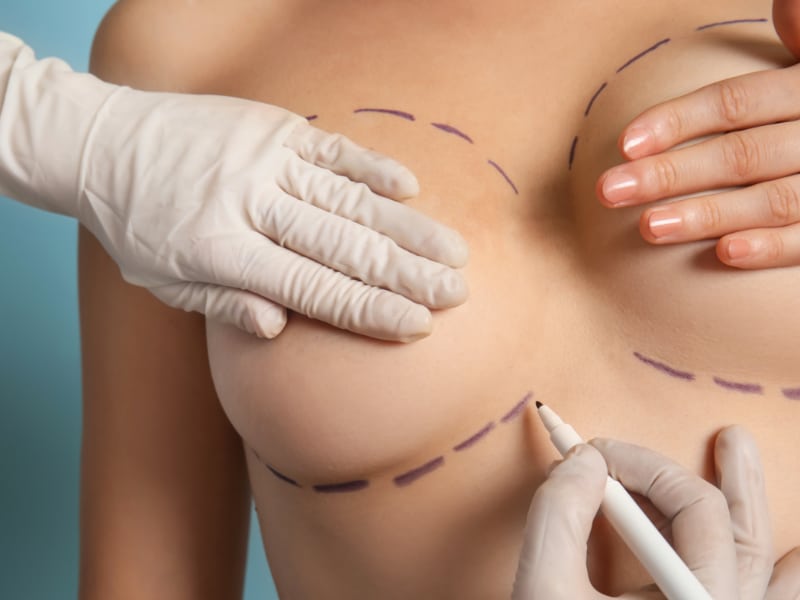
Ideal Candidates
Good Health
Patients should be in good health before considering breast asymmetry correction with fat. This means they should not have any serious medical conditions that could complicate surgery. Conditions like diabetes or heart disease can increase risks during and after the procedure.
Individuals who smoke are also advised to quit at least a month before surgery. Smoking can hinder healing and increase complications. A healthy lifestyle, including a balanced diet and regular exercise, supports better surgical outcomes.
Realistic Expectations
Women must have realistic expectations about the results of the procedure. Fat transfer can improve breast symmetry but may not create perfect balance. Patients should understand that some asymmetry is normal and common among women.
A thorough discussion with a surgeon will help clarify what is achievable. This helps individuals set appropriate goals for their surgery. Understanding the potential results leads to higher satisfaction post-procedure.
Timing Considerations
Waiting until after childbearing is often recommended. Pregnancy can change breast size and shape, affecting the results of the surgery. If a woman plans to have children in the future, she might want to postpone this procedure.
Weight stabilization is also crucial. Significant weight changes can impact the final results of fat transfer. Surgeons typically suggest waiting until a patient has maintained a stable weight for several months before undergoing surgery.
Consultation Importance
A thorough consultation with a qualified surgeon is essential for all candidates. During this meeting, patients discuss their medical history, concerns, and goals. Surgeons evaluate individual cases and determine if someone is a suitable candidate.
Surgeons use this time to explain the procedure in detail. They outline what to expect before, during, and after surgery. Patients should feel comfortable asking questions and expressing any concerns they may have.
Summary of Candidate Criteria
In summary, ideal candidates for breast asymmetry correction with fat include:
- Individuals in good health without serious medical issues.
- Women who have realistic expectations about outcomes.
- Those who wait until after childbearing or weight stabilization.
- Patients willing to engage in an open consultation with a qualified surgeon.
Choosing to undergo breast asymmetry correction requires careful thought and planning. Each candidate’s unique situation plays a significant role in determining if this procedure is right for them.
Common Questions
Safety of Fat Grafting
Many people wonder about the safety of fat grafting for breast asymmetry correction. This method uses fat from your body to improve volume and shape. Studies show that this technique is generally safe when performed by a board-certified surgeon.
Fat grafting can lead to a more natural appearance compared to implants. However, not all the fat injected will survive. The body absorbs some of it over time. Patients may notice a change in volume after several months. Most find that the results are stable and long-lasting.
Risks and Complications
Like any surgery, fat grafting carries risks. Some common complications include infection, bruising, and swelling. In rare cases, patients may experience pain or changes in sensation. There is also a risk of fat necrosis, where the injected fat does not survive. This can lead to lumps or hard areas in the breast.
Choosing an experienced clinic helps minimize these risks. Surgeons should explain all potential complications before the procedure. Understanding these factors can help patients make informed choices.
Surgical vs Non-Surgical Methods
Patients often ask about differences between surgical and non-surgical methods for breast asymmetry correction. Surgical options include breast implants or lifting procedures. These methods provide significant changes in size and shape but involve longer recovery times.
Non-surgical methods include fillers or fat grafting. These techniques offer less dramatic results but require shorter recovery periods. They also have fewer complications compared to surgery.
Surgical options typically yield more predictable outcomes regarding volume and form. Non-surgical methods can be appealing for those hesitant about invasive procedures. Each option has its pros and cons, so discussing with a qualified professional is essential.
Results Over Time
Results from fat grafting vary based on individual factors like age, health, and body type. Many patients enjoy improved appearance soon after the procedure. Full results may take several months to become apparent as swelling decreases and fat settles.
Follow-up appointments help track progress and address any concerns. Maintaining a stable weight contributes to lasting results. Weight fluctuations can affect the final outcome.
Últimas Consideraciones
Breast asymmetry can affect your confidence. Understanding the causes and solutions, like fat transfer, is crucial. This method offers natural results with minimal downtime. You’ve learned about recovery, surgical options, and who’s best suited for these procedures.
If you’re considering breast asymmetry correction, weigh your options carefully. Consult with a qualified specialist to explore what’s right for you. Take the first step towards achieving the balance you desire. Your journey to symmetry starts now!
Frequently Asked Questions
What is breast asymmetry?
Breast asymmetry refers to a condition where one breast is noticeably different in size or shape compared to the other. This is common and can occur due to various factors, including genetics, hormonal changes, or previous surgeries.
How does fat transfer work for breast asymmetry correction?
Fat transfer involves harvesting fat from another part of your body, such as the abdomen or thighs, and injecting it into the breast area. This helps create a more balanced appearance and enhances volume where needed.
What are the benefits of using fat grafting for breast symmetry?
Fat grafting offers a natural solution with minimal scarring. It utilizes your own body fat, reducing the risk of allergic reactions. It can improve contour while enhancing breast volume.
Are there any risks associated with fat transfer?
As with any surgical procedure, there are risks involved. These may include infection, uneven results, or reabsorption of the injected fat. Consulting a qualified surgeon can help mitigate these risks.
How long is the recovery time after a fat transfer procedure?
Recovery typically takes about one to two weeks. Most patients can return to light activities within a few days but should avoid strenuous exercise for at least four weeks.
Who are ideal candidates for this procedure?
Ideal candidates are individuals with noticeable breast asymmetry who have sufficient body fat for harvesting. Good overall health and realistic expectations are also essential for successful outcomes.
Can non-surgical options correct breast asymmetry?
Yes, non-surgical solutions like padded bras or external prosthetics can provide temporary fixes. However, these options do not offer permanent results like surgical methods do.

